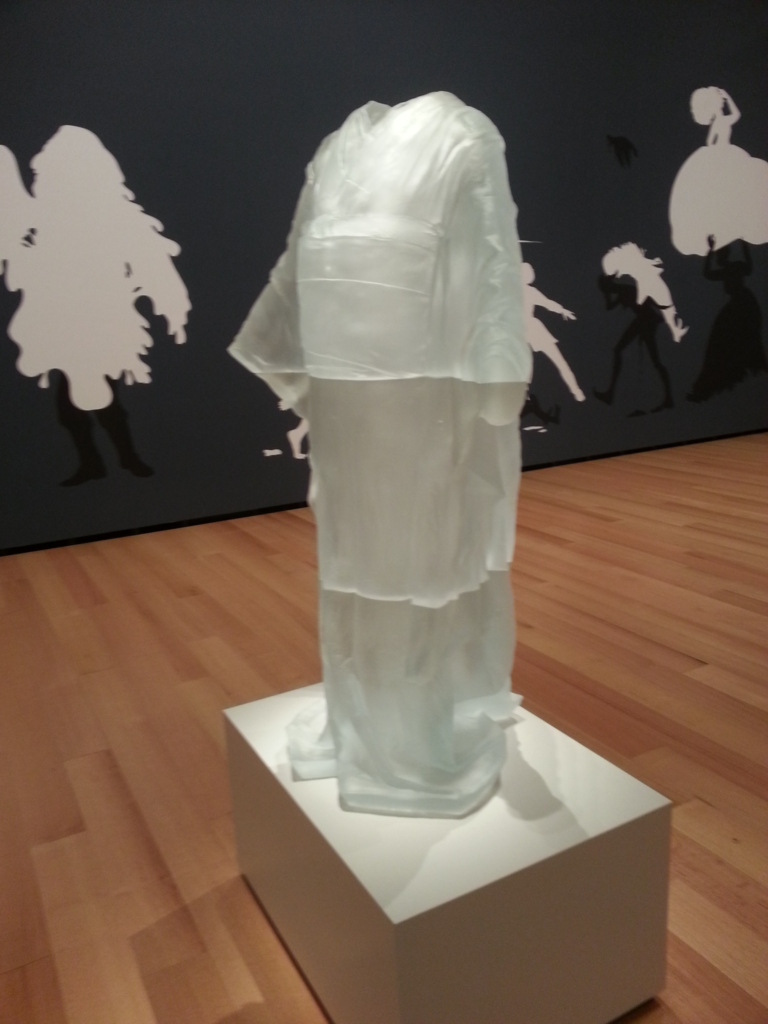Effectiveness of Laser Acupuncture in Alleviating Chronic Insomnia: A Single-Blinded Randomized Controlled Trial
Kristen Sparrow • August 04, 2019


This article is right up my alley. Using Low Laser Light Therapy, they are able to compare two different point perscriptions in terms of sleep quality, anxiety, daytime sleepiness and depression, and HRV. Control group received sham laser, group A received points listed below. Group B received acupuncture to PC6 only on the Left side and also Du20. This modest change in point prescription made a difference in overall outcomes clinically and in their HRV. I’ve tried to detect these differences when treating patients, but it’s difficult to do. In this study they only studied HRV after 10 sessions. I look during each session and then over time.
Acupoints and therapy protocol in the three groups.
| Control Group | Group A | Group B | |
|---|---|---|---|
| Acupoints | |||
| Anmian (Ex-HN 22) | ˇ | ˇ | ˇ |
| Shenmen (HT 7) | ˇ | ˇ | ˇ |
| Neiguan (PC 6) | ˇ | ˇ | △ |
| Sanyinjiao (SP 6) | ˇ | ˇ | ˇ |
| Taixi (KI 3) | ˇ | ˇ | ˇ |
| Taichong (LR 3) | ˇ | ˇ | ˇ |
| Baihui (DU20) | — | — | ○ |
|
|
|||
| Laser protocol | Sham laser | Nogier F-Continuous Beam 600mW 540J 15min |
|
Significant improvements in the sleep onset latency, number of awakenings at night, and sleep efficiency were observed only in Group A. Likewise, a lower ESS score was also found only for Group A. By contrast, significant changes in the HRV signal after LLLT treatment were observed only in Group B, for which LLLT biostimulation was applied to an additional acupoint (DU 20). A significant reduction of anxiety was also observed only in Group B. The change of sympathetic and parasympathetic activities in Group B and the lowering of anxiety suggest that DU 20 (Baihui) is a powerful acupoint for this purpose.
In general, the results obtained in this study suggest that patients with difficulty falling asleep, or those who experience frequent awakenings at night, a lack of sufficient quality sleep, and episodes of daytime drowsiness, may find laser acupuncture of the Yin meridian helpful in alleviating these symptoms. If the patient additionally suffers anxiety and imbalance of the autonomic system, acupuncture of DU 20 may also be of benefit.
Effectiveness of Laser Acupuncture in Alleviating Chronic Insomnia: A Single-Blinded Randomized Controlled Trial.
Abstract
Study Objectives:
This study investigates the therapeutic effect of Low Level Laser Therapy (LLLT) acupuncture for chronic insomnia.
Methods:
Thirty-seven adult subjects with chronic insomnia were recruited and randomly assigned to three groups, namely, Group A (6 pairs of acupoints: Ex-HN 22, HT 7, SP 6, KI 3, LR 3, and PC 6, bilaterally distributed); Group B (acupoints as for Group A other than PC 6, which was applied only on the left side [i.e., the dominant side of the PC meridian] and the addition of DU 20, which is the main tonic acupoint for integration of all the meridians); and a control group (sham LLLT). The subjects in the treatment groups (i.e., Groups A and B) received LLLT acupuncture and those in the control group received sham LLLT for 15 minutes per session twice a week for five weeks. The sleep quality of all the subjects was evaluated using the Pittsburgh Sleep Quality Index (PSQI), the Epworth Sleepiness Scale (ESS), the Hospital Anxiety and Depression Scale (HADS), and a sleep diary. In addition, the sympathetic activity before and after every treatment sessions was measured using the Heart Rate Variability (HRV).
Results:
All three groups showed an improved PSQI score. However, only Group A showed a significant reduction in the sleep onset latency and number of awakenings at night and a higher sleep efficiency and ESS score. Furthermore, Group B showed an increased low frequency power and normalized low frequency of the HRV signal and a lower normalized high frequency power, suggesting an increased sympathetic activity and decreased parasympathetic activity.
Conclusions:
For chronic insomnia insomniacs, LLLT appears to shorten the sleep latency, decrease the number of awakening events at night, and improve the sleep efficiency.

